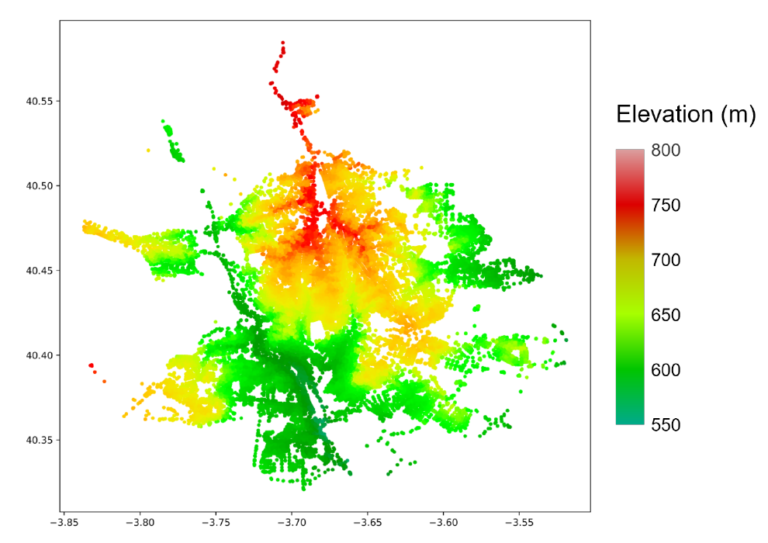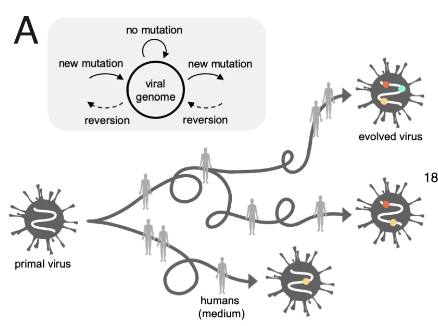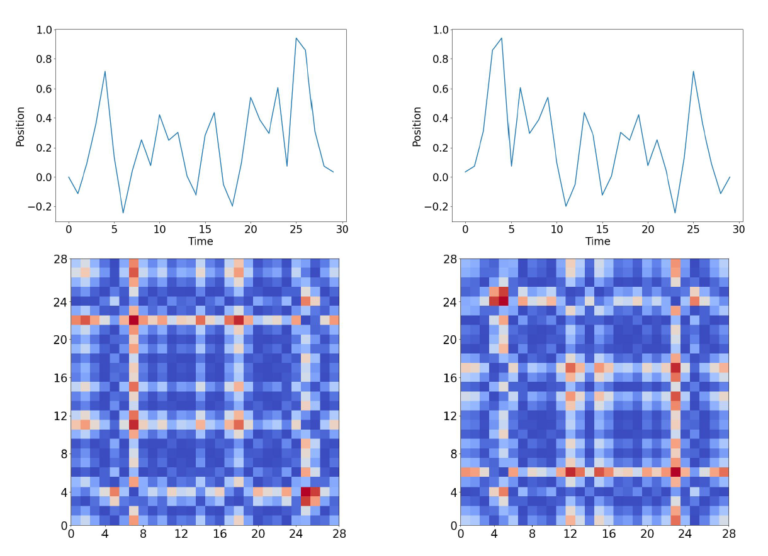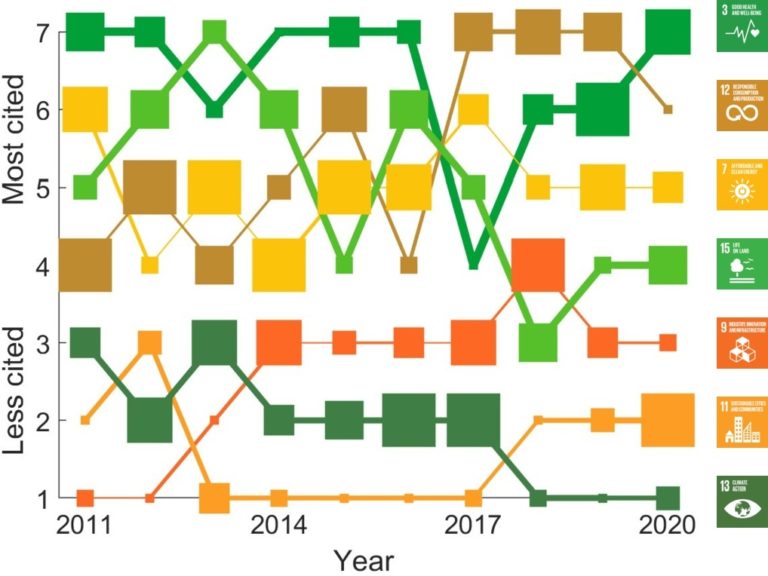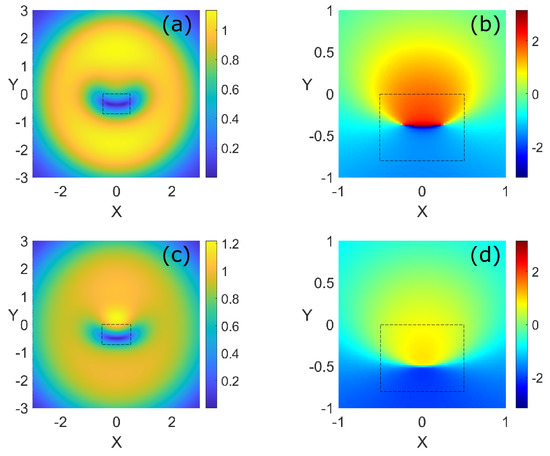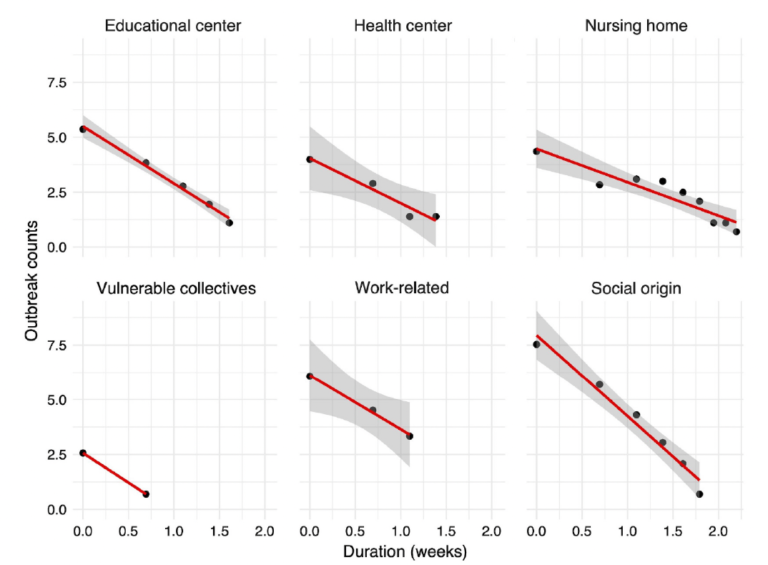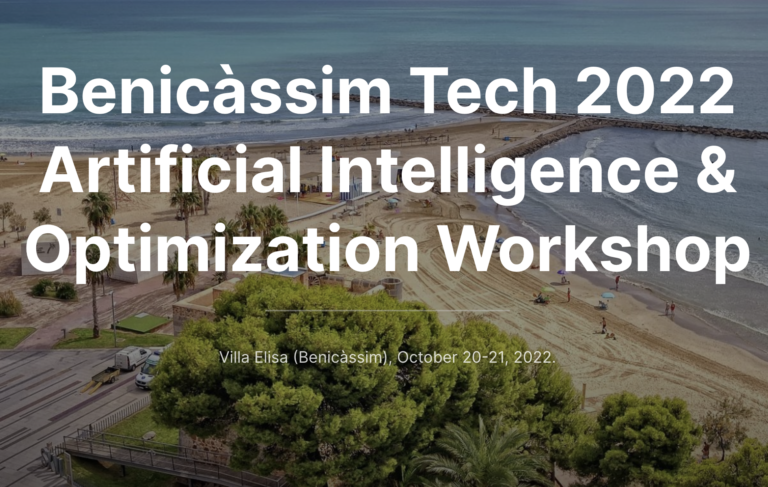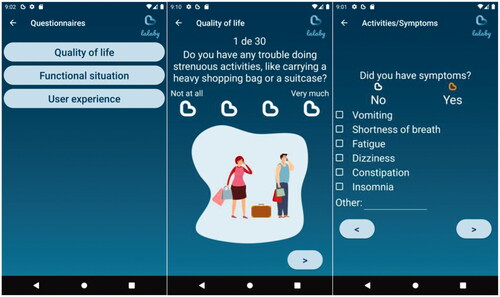How are you contributing to SDGs and measuring sustainable improvements? AI solutions can help you to quantify it. This pilot experience shows the case of the university’s scientific contributions.
we have an initial pilot experience with this AI solution to quantify the impact of the scientific contributions of the university members to the SDGs agenda. For this experience, we have downloaded 50,000 abstracts of works with at least one author from UPV and more than 500 characters in length since 1990. Our solution is based on the Automatic Classification of Impact to Sustainable Development Goals (ASDG) pipeline, which relies on four language models (NMF, LDA, BERTopic, and Top2VEC). This has been applied to automatically identify these scientific contributions’ potential impact on the SDG agenda.
See more details at: D. Domingo-Calabuig, S. Hoyas, R. Vinuesa, and J.A. Conejero. Visualizing Academic Contributions to Achieving the Sustainable Development Goals through AI: The Case of Universitat Politècnica de València. ACS Sustainable Resour. Manage. 2024. https://doi.org/10.1021/acssusresmgt.4c00074




